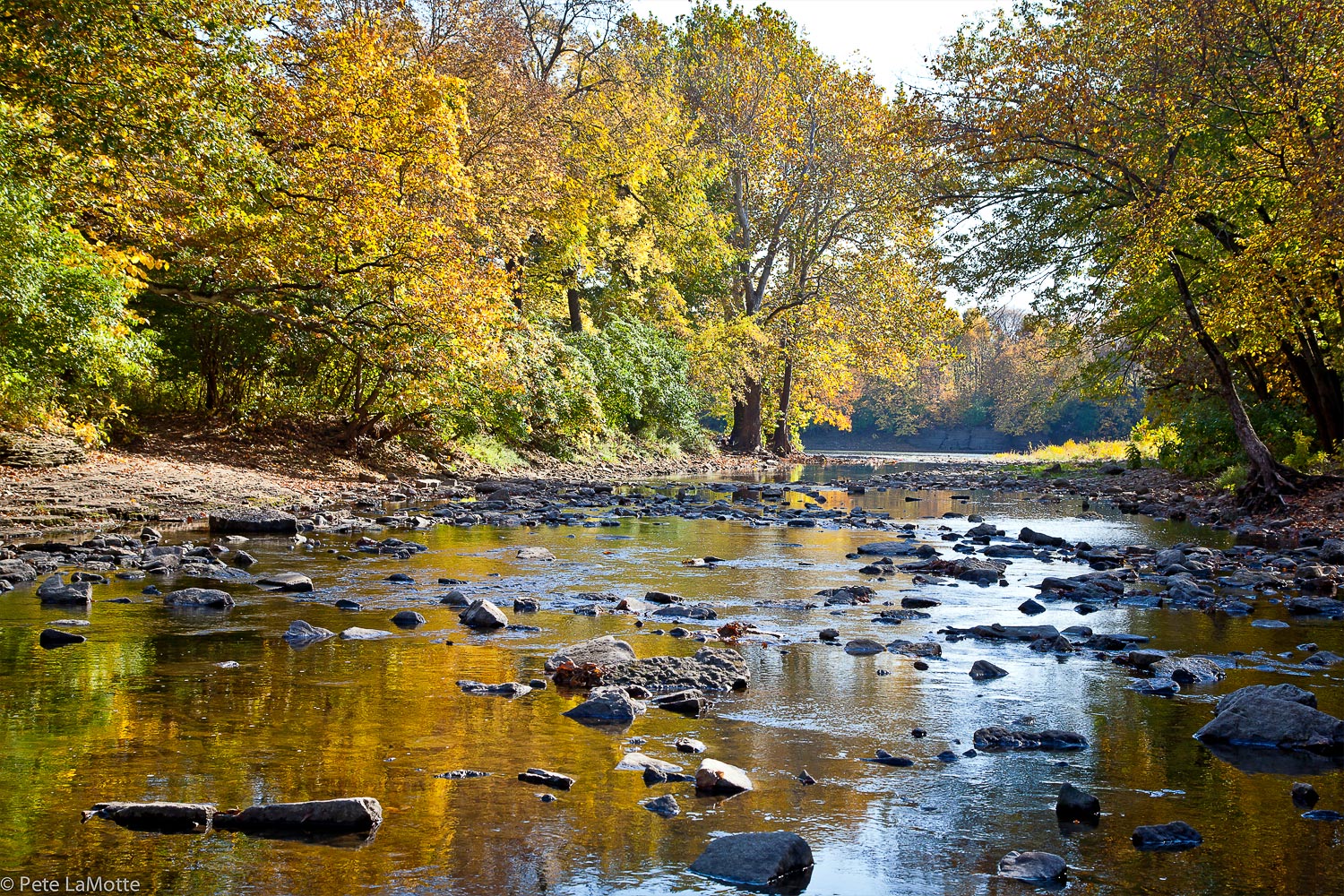Home to 1,200 distinct species of fungi, Chicago and its environs are a mushroom seeker’s paradise. “Beginners should start by looking on or near trees and around deadwood and mulch,” says Patrick Leacock, who leads organized forays with the Illinois Mycological Association (illinoismyco.org). Note that it’s illegal to harvest mushrooms—or any plants—from Cook County forest preserves, though fungi in state parks (and backyards) are fair game.
Want to learn more about the man who, against all odds, achieved fame in the mushroom world? Read our May issue feature story, "Do You Know the Mushroom Man?"
Grant Park
“After a good rain, you can find several kinds of mushrooms downtown,” says Leacock, who has documented more than 60 types in this park and the adjacent Museum Campus.
What to look for:Agaricus, the genus that includes the pink bottom mushroom and the sidewalk mushroom, can often be found near, yes, sidewalks or sprouting in the grass. Also look for parasol mushrooms, identified by their umbrella-like caps, near wood chip piles.
Word to the wise:Leacock warns against eating city mushrooms because they can absorb pesticides from treated lawns.
Kankakee River State Park
This riverside preserve, just an hour southwest of the city, is an ideal fungi habitat.
What to look for:Morels are one of spring’s most sought-after varieties, especially for epicures. Keep your eyes peeled for the honeycombed yellow fungi under deteriorating elm or ash trees, as morels tend to propagate near stressed or dead roots. If you’re going to cook the morels, look for ones that are firm and not too spongy; they taste great sautéed in butter.
Word to the wise:The park is also a habitat for Gyromitra, a.k.a. the false morel, which has a more deeply wrinkled cap—and is poisonous.
Your Backyard
Leacock has spotted a dozen different varieties behind his Irving Park apartment.
What to look for:A prized urban find is the red bolete, with its distinctive bright red cap. Also look for inky cap mushrooms and the green-spored Lepiota.
Word to the wise:Even if you’re a mushroom hater, don’t try to rid your lawn of them. They help nourish the soil, and many trees exchange nutrients with them at the root level.



